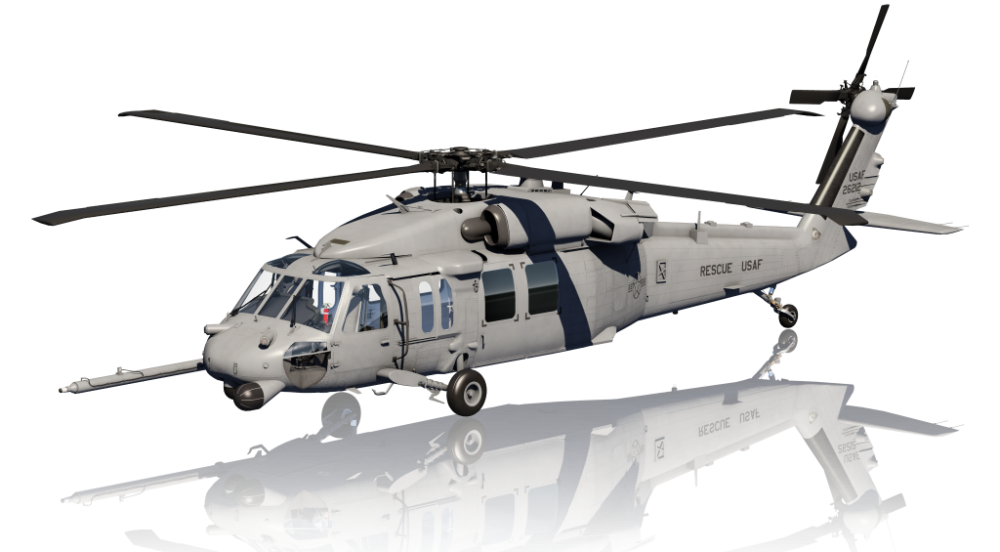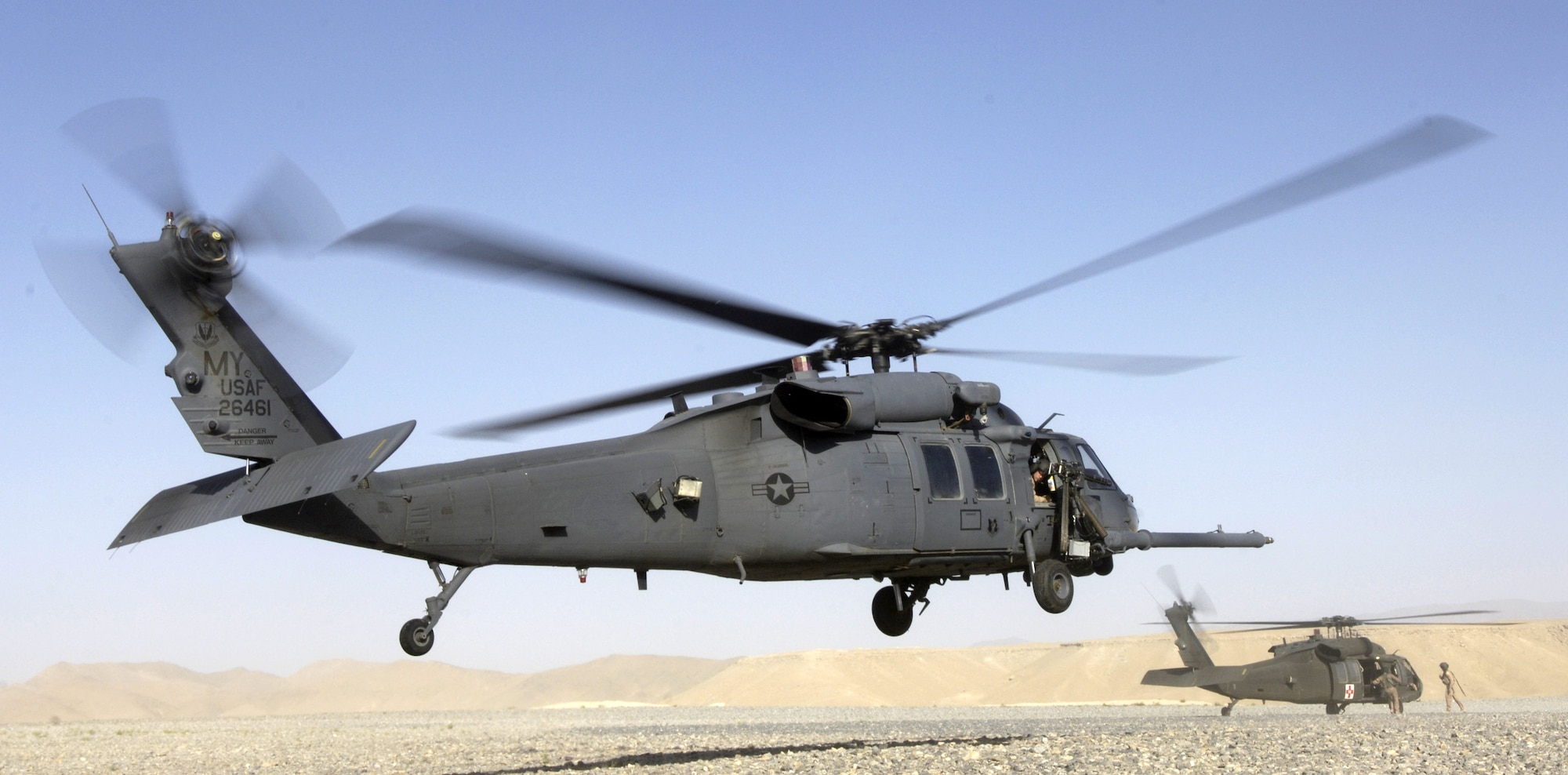UH 60 Helicopter Review: Whatever You Required to Know
UH 60 Helicopter Review: Whatever You Required to Know
Blog Article
Exploring the Cutting-edge Innovation Behind Airplane Design and Engineering
The area of airplane style and engineering is observing a transformative shift driven by innovative technologies that improve sustainability, performance, and efficiency. Advanced products such as carbon fiber composites and titanium alloys are setting new standards, while aerodynamic technologies and man-made intelligence are improving processes and improving results. As the industry faces the challenges of ecological duty, advancements in sustainable air travel modern technologies promise to improve the future. The implications of these developments expand past efficiency metrics; they might redefine the actual nature of air travel. What might this indicate for the industry as a whole?
Advanced Materials in Airplane Layout
Just how can the assimilation of advanced materials transform airplane design? The incorporation of sophisticated materials, such as carbon fiber compounds, titanium alloys, and advanced porcelains, plays a vital function in improving aircraft efficiency and effectiveness. These materials supply exceptional strength-to-weight proportions, allowing producers to decrease general airplane weight without compromising architectural honesty. This reduction in weight directly adds to enhanced gas performance and boosted haul capability.
Furthermore, sophisticated products display improved resistance to corrosion and tiredness, resulting in reduced upkeep expenses and extensive life span. For example, using titanium in essential components helps withstand severe temperature levels and stresses, while carbon fiber compounds give flexibility in design and manufacturing procedures. This flexibility allows for more wind resistant forms, adding to premium performance features.
In addition, the combination of clever materials, which can alter homes in action to external stimulations, opens up brand-new opportunities for adaptive systems in airplane design. uh 60. These advancements promise not just to boost security and functional effectiveness yet additionally to contribute to sustainability initiatives by lessening environmental influence via lowered discharges. In summary, progressed materials are redefining the landscape of airplane design, paving the method for more reliable, sturdy, and environmentally friendly aviation remedies
Aerodynamic Advancements for Efficiency
Aerodynamic advancements play a pivotal duty in improving aircraft effectiveness, dramatically influencing fuel consumption and total performance. Advancements in airfoil design, such as the intro of supercritical wings, permit enhanced lift-to-drag ratios, reducing drag at transonic rates. These advancements make it possible for airplane to maintain greater speeds with reduced gas expenditure, straight affecting functional prices and ecological sustainability.
Additionally, the assimilation of winglets has actually proven reliable in reducing vortex-induced drag at the pointers of wings, even more enhancing gas effectiveness - uh 60. This style alteration brings about a decrease in wake turbulence, adding to enhanced wind resistant efficiency throughout cruise ship conditions

Moreover, computational fluid dynamics (CFD) devices have changed the testing and refinement of wind resistant forms, enabling precise simulations of air flow around aircraft (uh 60). This allows designers to introduce constantly, making sure that contemporary airplane not just meet regulatory criteria however additionally push the limits of effectiveness in air travel

Function of Computer Simulations
Computer system simulations have actually come to be a crucial tool in the area of aircraft style, making it possible for designers to conduct detailed analyses and optimizations of numerous design aspects. These simulations enable the virtual testing of aerodynamic residential properties, structural stability, and efficiency metrics long prior to physical models are developed. By utilizing computational liquid characteristics (CFD) and finite aspect evaluation (FEA), engineers can forecast how air flows around the aircraft and just how different products will certainly reply to stress and anxiety and strain.
Additionally, computer simulations assist in the expedition of a variety of circumstances and variables, speeding up the design procedure and lowering expenses connected with physical screening. This capability not just enhances the accuracy of forecasts relating to airplane actions yet also offers understandings into potential style renovations that may not be immediately noticeable via typical techniques.

In addition, simulations aid make certain compliance with rigorous safety guidelines by permitting engineers to recognize and remedy prospective problems early in the design phase. The combination of simulation innovations right into the airplane layout procedure highlights the considerable innovations in engineering methods, inevitably adding to the development of much safer, more reliable, and environmentally friendly airplane.
Artificial Intelligence in Design
Synthetic intelligence (AI) is revolutionizing the engineering landscape, especially in airplane layout, by boosting decision-making processes and maximizing layout process. With artificial intelligence formulas, AI can analyze huge datasets, uncovering patterns and insights that notify design options and boost total effectiveness.
AI applications in airplane design consist of generative style, where formulas develop numerous style alternatives based upon defined parameters, allowing engineers to evaluate a more comprehensive range of possibilities. This not just accelerates the style stage but also ensures that the final products meet rigid performance and safety criteria.
Moreover, AI-driven anticipating analytics facilitate upkeep organizing by analyzing historic information and forecasting potential failures. This aggressive approach lowers find more info downtime and boosts aircraft reliability.
In addition, AI aids in simulation and modeling, allowing engineers to test styles under numerous conditions without the need for physical models. This capacity shortens advancement timelines and lessens expenses linked with typical testing techniques.
Sustainable Aviation Technologies
The answer exists in the fostering of lasting aviation innovations that prioritize effectiveness and reduce carbon emissions. Innovations such as sustainable aviation gas (SAFs), which are acquired from eco-friendly sources, have arised as a critical part in accomplishing reduced lifecycle emissions.
In addition, advancements in airplane design, such as the growth of lighter products and even more aerodynamically reliable forms, add to improved gas effectiveness. Electric and hybrid propulsion systems are additionally gaining traction, providing a path to decrease reliance on fossil fuels and decrease greenhouse gas exhausts.
The integration of these technologies is supported by governing frameworks and sector collaborations focused on setting ambitious sustainability targets. Moreover, electronic devices like data analytics and fabricated knowledge can optimize trip procedures, further improving gas performance. By accepting sustainable methods and technologies, the air travel industry can not just fulfill the growing demand for air traveling but likewise play a critical function in resolving environment change, guaranteeing an extra lasting future for air transport.
Final Thought
The convergence of sophisticated materials, wind resistant advancements, and cutting-edge innovations marks a significant evolution in aircraft layout and engineering. The combination of carbon fiber compounds, titanium alloys, and AI-driven procedures not only enhances performance and efficiency but also improves workflows and anticipating upkeep.

Computer simulations have click come to be a vital tool in the area of aircraft layout, making it possible for designers to carry out comprehensive evaluations and optimizations of various layout elements.The merging learn the facts here now of innovative products, aerodynamic innovations, and sophisticated innovations marks a considerable development in aircraft design and design.
Report this page